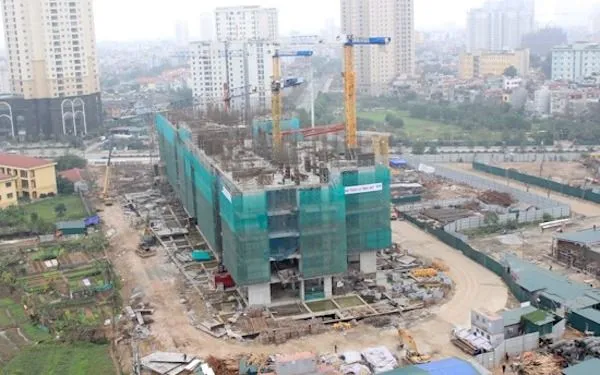
In Ho Chi Minh City, where the estimated demand is more than 150,000 social housing units, the actual supply only meets about 20%.
Decree 261, with its expansion of income conditions for access to social housing, is a remarkable step forward in Vietnam's social security policy. However, when supply remains scarce, preferential credit is slow to disburse and selling prices tend to escalate, the social housing problem has yet to find a complete solution. For the policy to truly come into life, there needs to be a synchronization and determination from credit, land fund to monitoring mechanism, ensuring that the dream of settling down is not just a number on paper.
Supply: the unsolved knot
The demand for social housing in Vietnam is at an alarming level. According to the Ministry of Construction, the target of 1 million social housing units in the 2021-2030 period has only reached more than 22% by mid-2024. In Ho Chi Minh City, the estimated demand is more than 150,000 units, but the supply only meets about 20%. A similar situation occurs in Hanoi, Binh Duong and Bac Ninh - where many workers and migrant workers are concentrated. Reality reflects a paradox: the policy expands the beneficiaries, but the market lacks products to meet the demand.
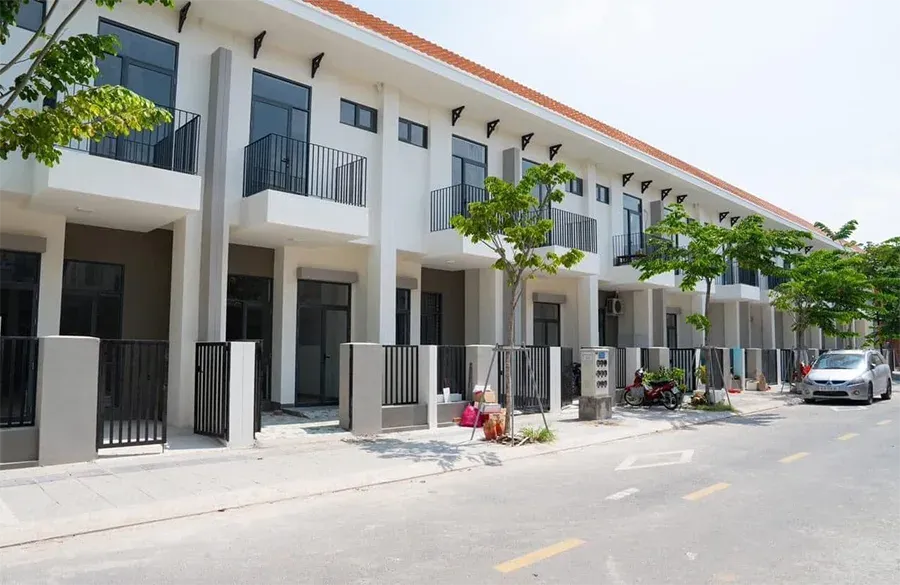
Depending on local characteristics, social housing does not necessarily have to be apartments, but the State needs to create cheap land funds for people to buy land to build houses.
The story of Mr. Tran Van Toi, a worker at Tan Thuan Export Processing Zone, Ho Chi Minh City, is a vivid example. Although his family income meets the new regulations, he still cannot find an apartment because "the investor said there is no new project yet, waiting for capital approval". This shows that raising the income ceiling is only part of the solution. Without solving the supply problem, the policy is only theoretical. Problems with land funds, investment procedures and low profits make the implementation of social housing projects sluggish, increasing the gap between expectations and reality.
Land funds are the biggest bottleneck. The Housing Law requires new urban areas and industrial zones to reserve 20% of their land funds for social housing, but many businesses choose to pay money instead of allocating land. Mr. Tran Khanh Quang, a real estate expert, commented: "Depending on local characteristics, social housing does not necessarily have to be apartments, but the State needs to create cheap land funds for people to buy land to build houses." In Ho Chi Minh City and Hanoi , high land prices and large site clearance costs make finding suitable land funds a difficult problem.
Need for synchronization mechanism
Preferential credit is a key factor in promoting social housing. The Government's VND120,000 billion credit package is a remarkable effort, but by September 2025, disbursement reached only less than 15%. Complicated procedures, unattractive interest rates and lack of interest from commercial banks are the main barriers. The Ho Chi Minh City Real Estate Association (HoREA) proposed reducing the interest rate for loans to buy social housing from 5.4% to 4.8% per year and reducing land use fees when transferring. Mr. Le Hoang Chau, Chairman of HoREA, said that the interest rate of 5.4% per year is too high, causing difficulties for buyers, and proposed a rate of 4.8% per year, similar to the preferential interest rate from 2021 to July 2024, to increase accessibility.
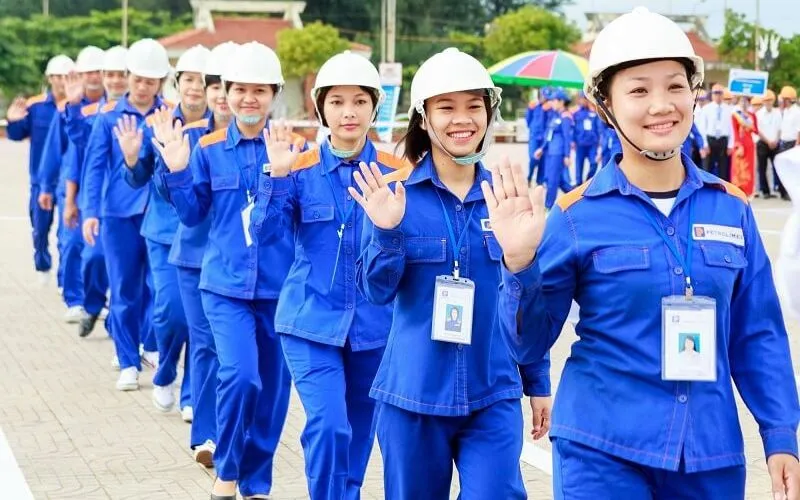
Social housing needs credit, land funds, and price monitoring so that policies can truly reach people, instead of just being a lingering dream of the people.
Social policy banks need to increase lending limits, especially in Hanoi, Ho Chi Minh City, and Da Nang. Otherwise, preferential capital sources will continue to "lie dormant" while housing needs are increasingly urgent. Social housing prices are also worrying as they approach low-cost commercial housing. In Ho Chi Minh City, social housing prices are currently fluctuating at 35.8-45.9 million VND/m², 3 times higher than when they were first launched. Social housing for rent has also increased: a project in Binh Tan district, the primary price in 2017 was 14 million VND/m², now transferred at 20.3-21.2 million VND/m², an increase of 1.4 times.
Experts warn: “The social housing policy is a tool to stabilize the urban economy. If the free market manipulates it, it will become a speculative commodity and no longer a public welfare.” Management agencies need to set a price ceiling and monitor the maximum profit of investors (currently 10%). The process of approving buyers needs to be transparent to avoid disguised speculation or illegal transfers.
International experience from Singapore and South Korea offers valuable lessons. Singapore maintains more than 80% of its social housing fund through the Central Provident Fund (CPF), where people save their salaries to buy houses. South Korea applies a model of long-term low-cost rentals, with state-sponsored capital and land funds. Vietnam can consider establishing a national social housing savings fund to create a stable source of capital, reduce the budget burden and ensure sustainable policies.
Source: https://vtv.vn/giai-bai-toan-nha-o-xa-hoi-can-thao-go-nhieu-nut-that-100251016154022075.htm





![[Photo] Closing ceremony of the 18th Congress of Hanoi Party Committee](https://vphoto.vietnam.vn/thumb/1200x675/vietnam/resource/IMAGE/2025/10/17/1760704850107_ndo_br_1-jpg.webp)


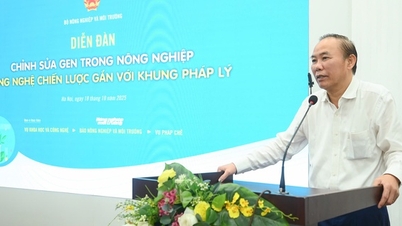



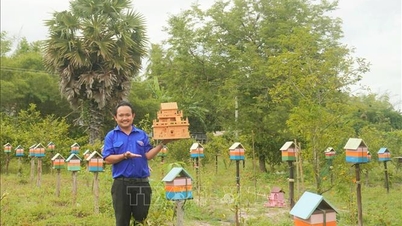










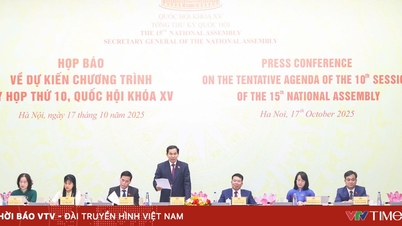
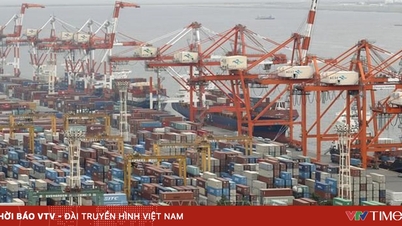


![[Photo] Nhan Dan Newspaper launches “Fatherland in the Heart: The Concert Film”](https://vphoto.vietnam.vn/thumb/1200x675/vietnam/resource/IMAGE/2025/10/16/1760622132545_thiet-ke-chua-co-ten-36-png.webp)

































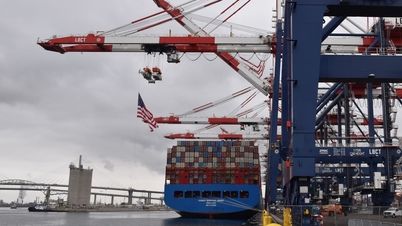


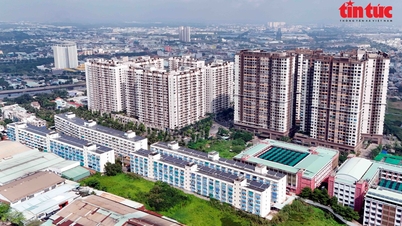
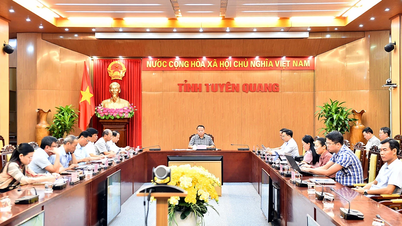










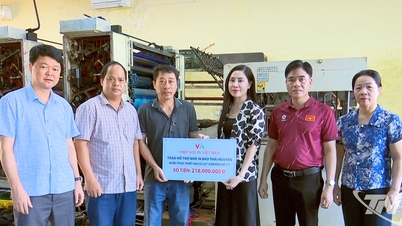

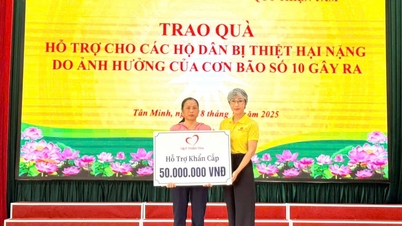




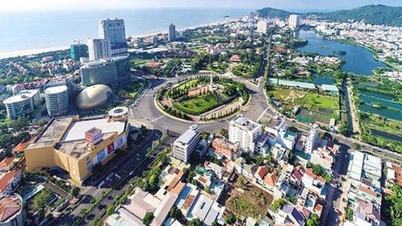



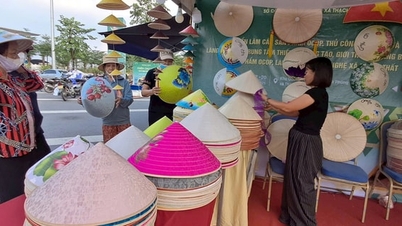













Comment (0)